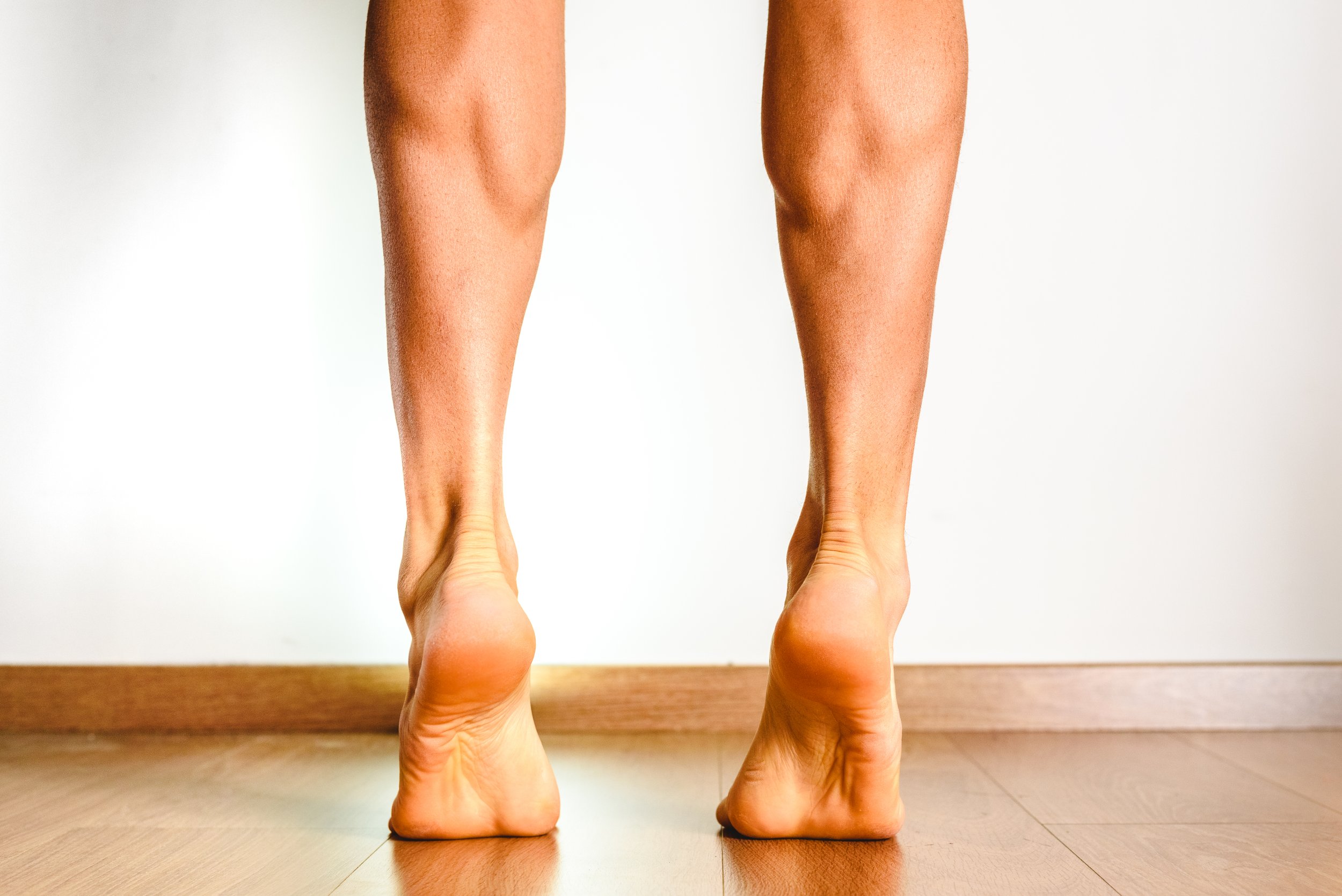A soleus muscle strain, also known as a soleus strain, is an injury that affects the soleus muscle, which is located in the calf of the leg. The soleus muscle plays an important role in walking, running, and other movements involving the lower leg.
Causes:
Soleus strains typically occur due to activities that involve repetitive or excessive stress on the calf muscles. Some common causes of soleus muscle strains include:
Overuse or repetitive stress: Engaging in activities that require constant use of the calf muscles, such as running, jumping, or sudden changes in direction, can strain the soleus muscle.
Sudden increases in intensity or duration: A rapid increase in the intensity or duration of physical activities without proper conditioning or warm-up can put excessive strain on the calf muscles, including the soleus.
Muscle imbalances: Weakness or imbalances in the surrounding muscles, such as the gastrocnemius muscle (another calf muscle), can increase the risk of soleus strains.
Poor biomechanics: Faulty movement patterns or improper body mechanics during physical activities can lead to overloading of the soleus muscle.
Symptoms:
The symptoms of a soleus muscle strain may vary depending on the severity of the injury, but common signs and symptoms include:
Calf pain: Pain or discomfort in the calf region, specifically in the area where the soleus muscle is located.
Swelling and tenderness: Swelling and tenderness in the affected area may be present.
Limited range of motion: Difficulty moving the ankle or flexing the foot due to pain or stiffness.
Weakness: Weakness or difficulty bearing weight on the affected leg.
Treatment:
Treatment for a soleus muscle strain usually involves a combination of rest, pain management, and rehabilitation. Here are some common approaches:
Rest and activity modification: Avoid activities that aggravate the pain and allow the muscle time to heal. Use crutches if necessary to avoid putting weight on the injured leg.
Ice and heat therapy: Apply ice packs to the affected area for the first 48 to 72 hours to reduce pain and inflammation. After the initial period, you can use heat therapy, such as warm compresses, to promote blood circulation and relax the muscles.
Pain management: Over-the-counter nonsteroidal anti-inflammatory drugs (NSAIDs), like ibuprofen, can help reduce pain and inflammation. Follow the recommended dosage and consult a healthcare professional if needed.
Rehabilitation exercises: Once the pain subsides, gentle stretching and strengthening exercises under the guidance of a physical therapist can help restore flexibility and strength to the calf muscles.
Gradual return to activity: As the muscle heals and gains strength, gradually reintroduce activities and sports, following a progressive plan to avoid reinjury.
It's important to consult with a healthcare professional, they can provide personalized guidance and monitor your progress throughout the recovery process for a speedy resolution and re-injury prevention.

